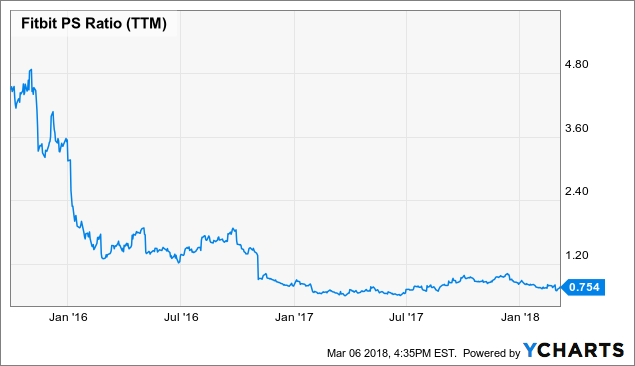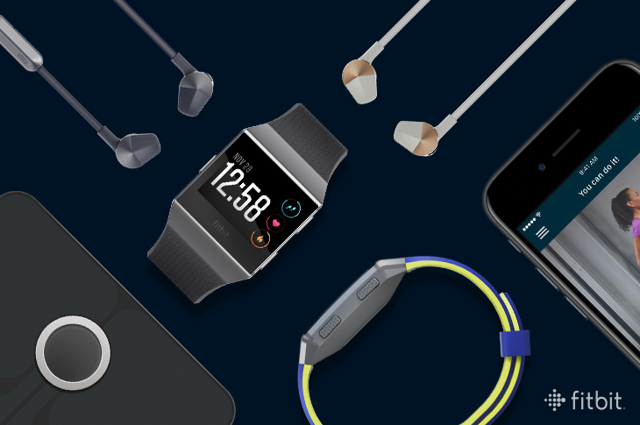Summary
Fitbit expects revenue to continue declining during 2018, but also expects to perform at free cash flow break-even.
The IDC projects the fitness wearables market to double by 2021.
Wall Street analysts expect 28% upside potential in the stock.
Fitbit (FIT) has definitely had its share of tough times of late, but I'm starting to see some things that are compelling about its future:
- Fitbit has a long operating runway based on its current liquidity position. This is a luxury that many other hardware companies like GoPro (GPRO) don't have.
- The wearables market continues to show strength and growth potential. Since Fitbit has strong brand recognition, this gives them an opportunity to capitalize on in the future.
- Fitbit has put itself right in the middle of the digital health revolution, which provides a number of intriguing possibilities.
Fitbit also trades at a rock-bottom valuation of 0.7x Price/Sales. I don't recommend going all-in on Fitbit, but I think it's good time to start opening up a small position in the stock. Given Fitbit's enterprise value is also only $460 million, there's huge upside if the company can get back on a growth curve and produce profits again.
1. Fitbit Has A Long Runway To Get It Right
Even though Fitbit's revenue slid by 26% last year, it managed to only burn $25 million in cash (in terms of free cash flow). This tells me that Fitbit can handle both a transition period and weather difficult times. Also consider that Fitbit has $679 million in cash and no debt. This gives the company a very long operating runway and some flexibility.
For 2018, Fitbit projects to break-even in terms of free cash flow. This is impressive considering that revenue is expected to continue declining to $1.5 billion. Lower expenses and a sales mix that's more heavily weighted with higher-margin smartwatches will help Fitbit reach this break-even cash flow goal.


